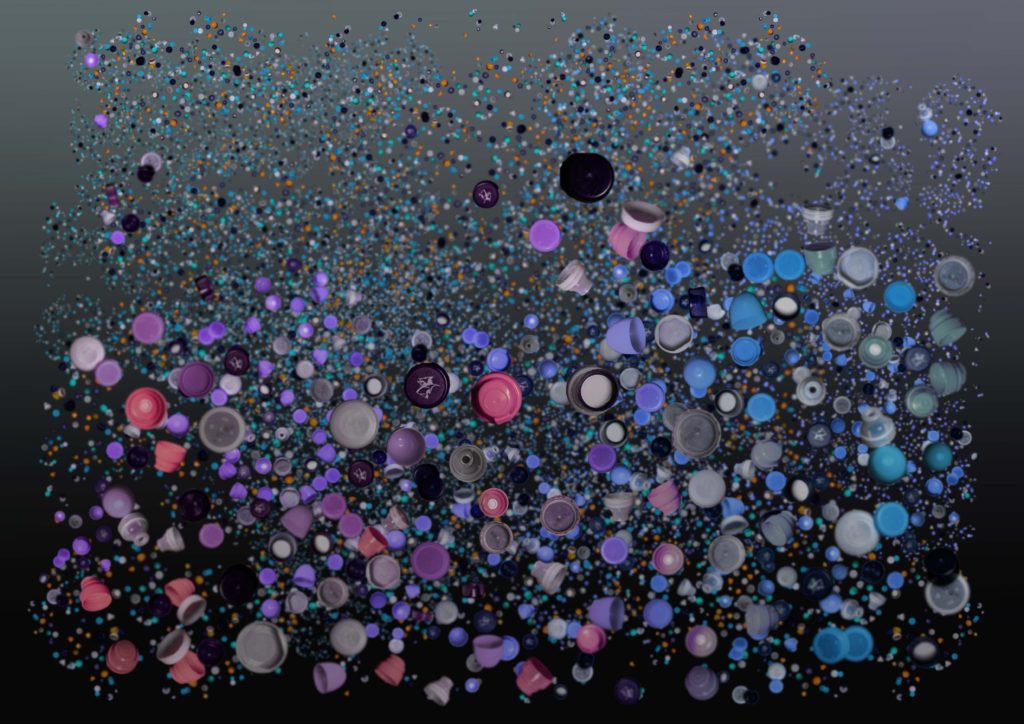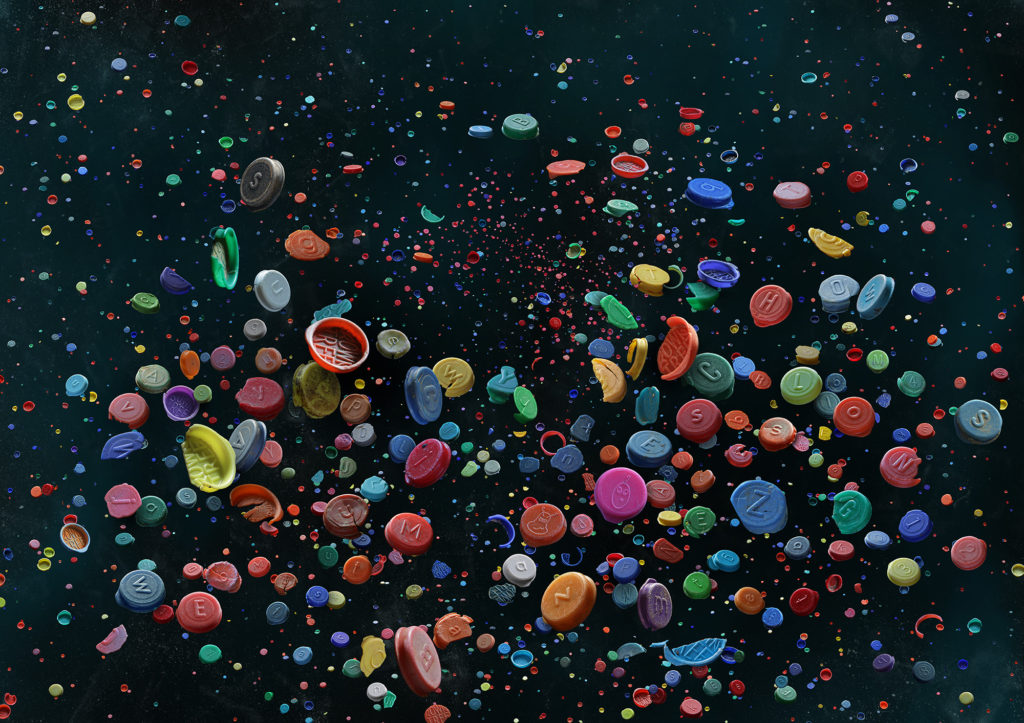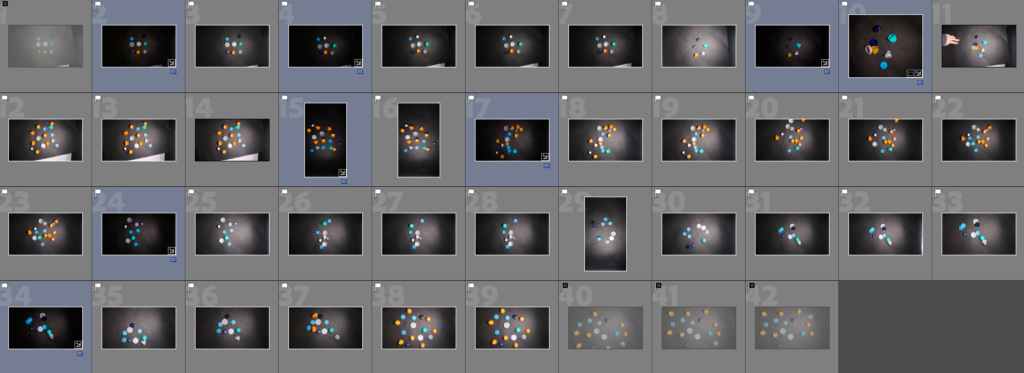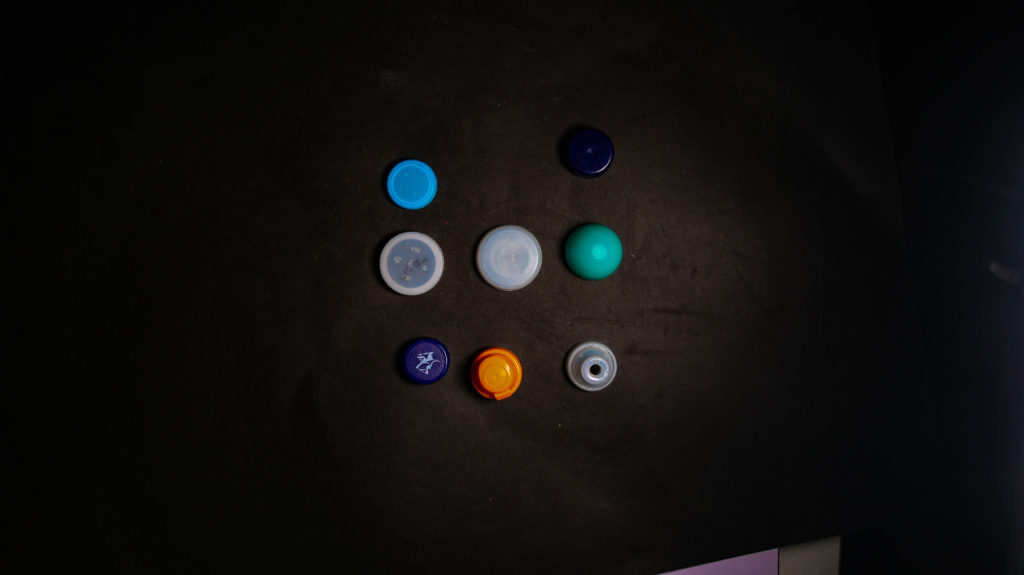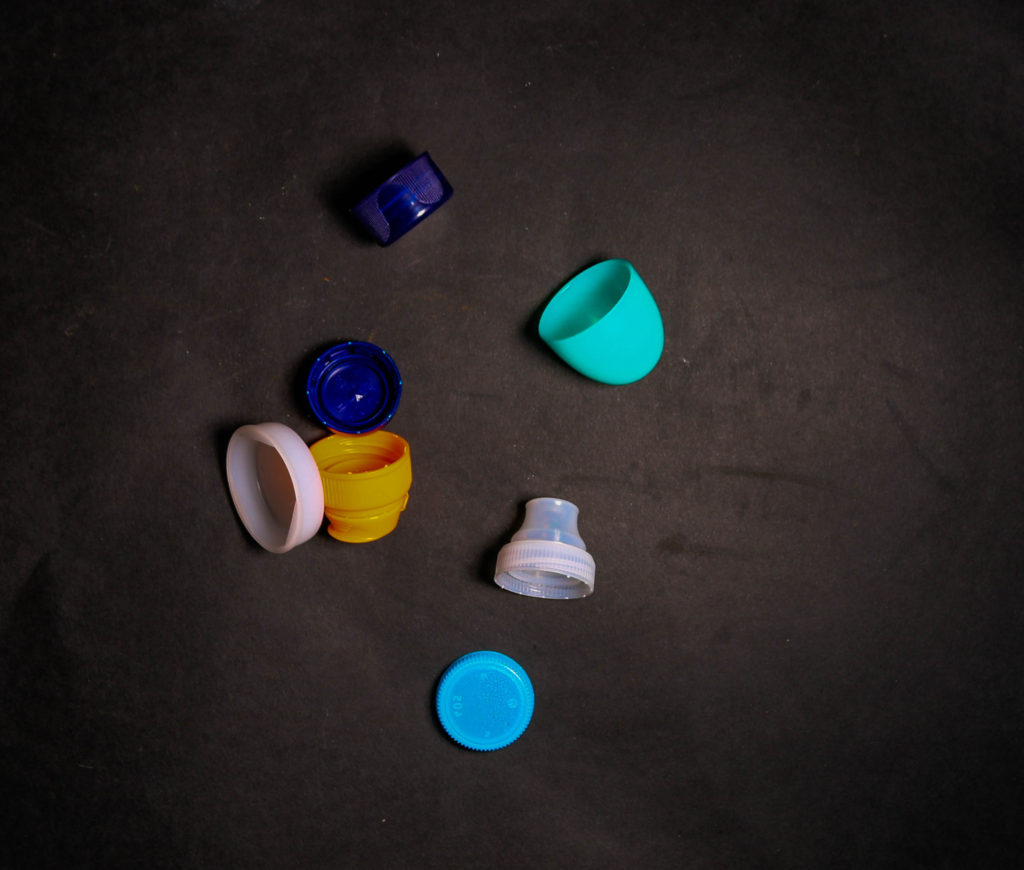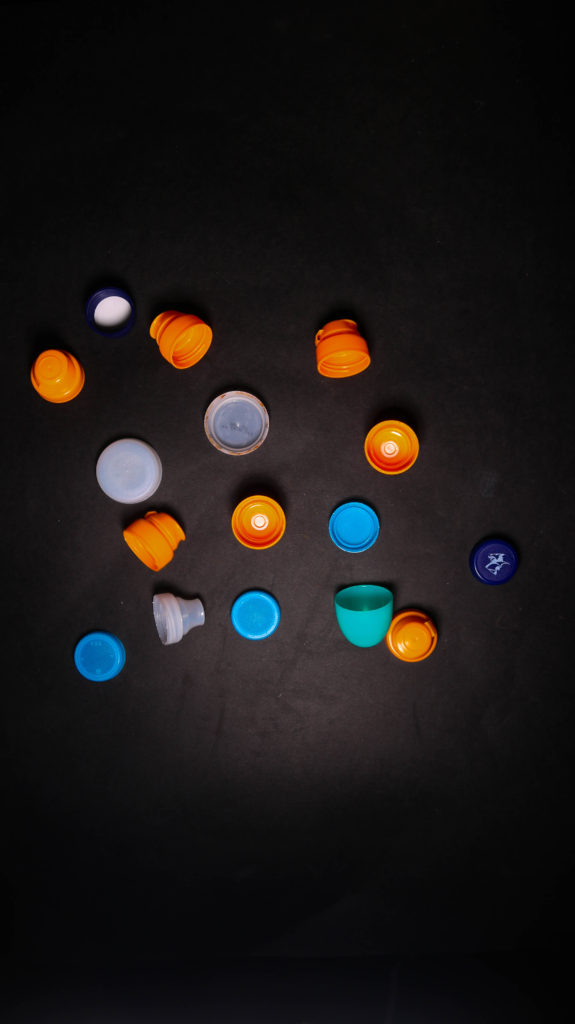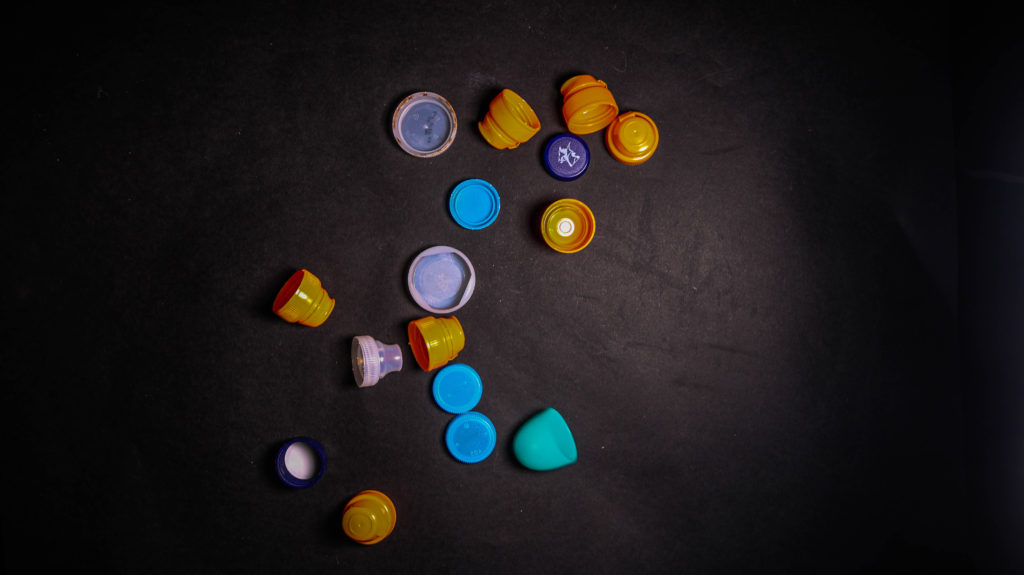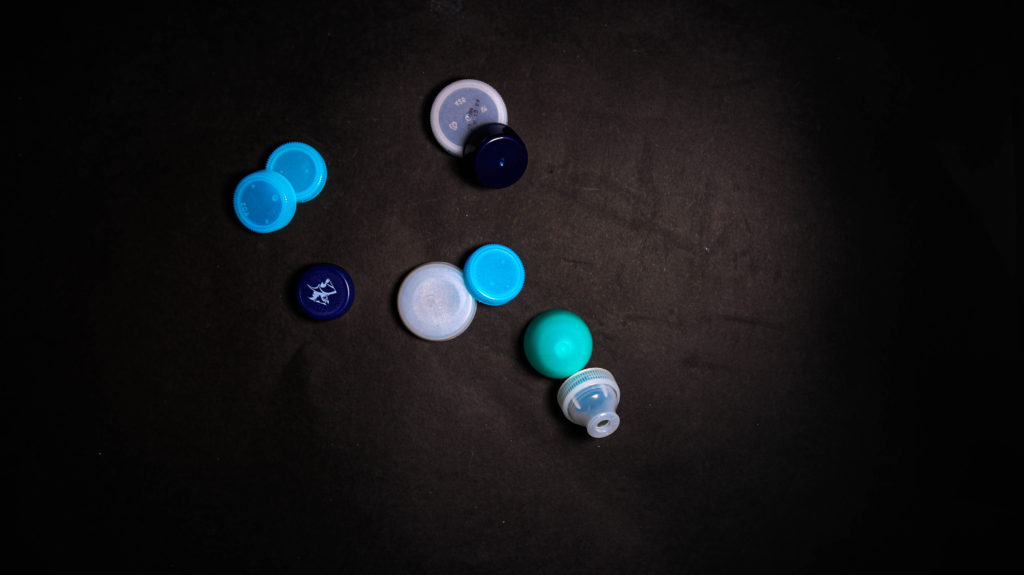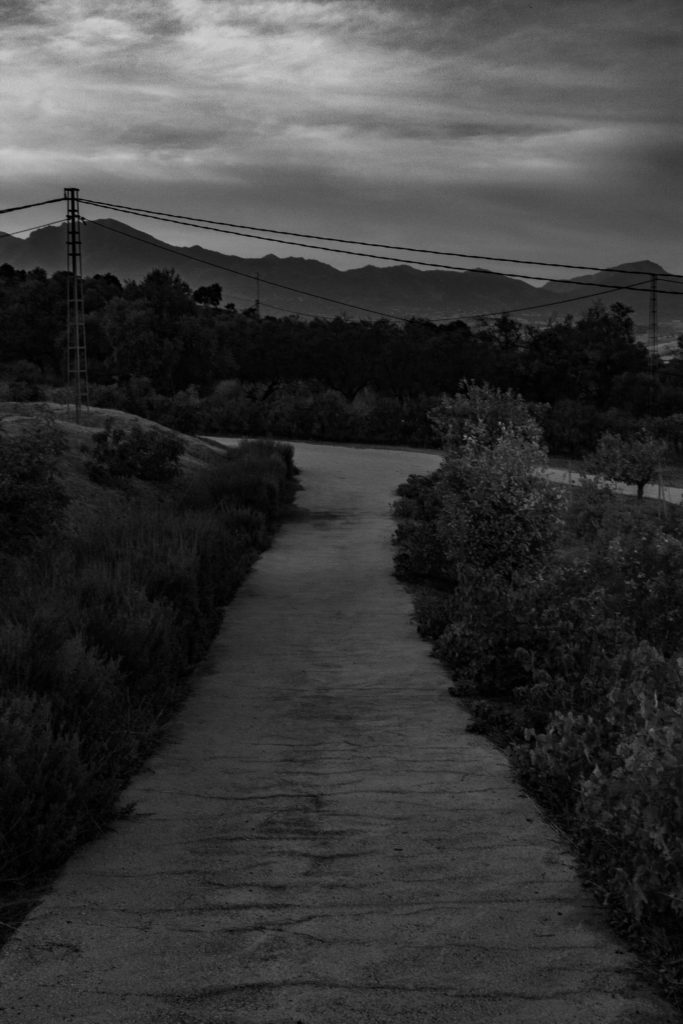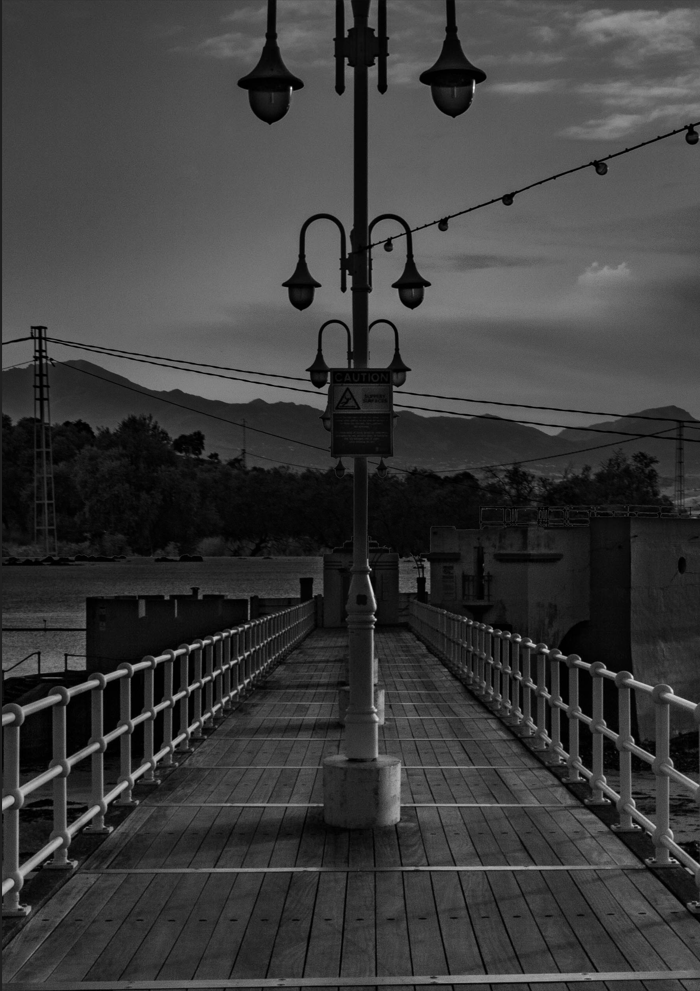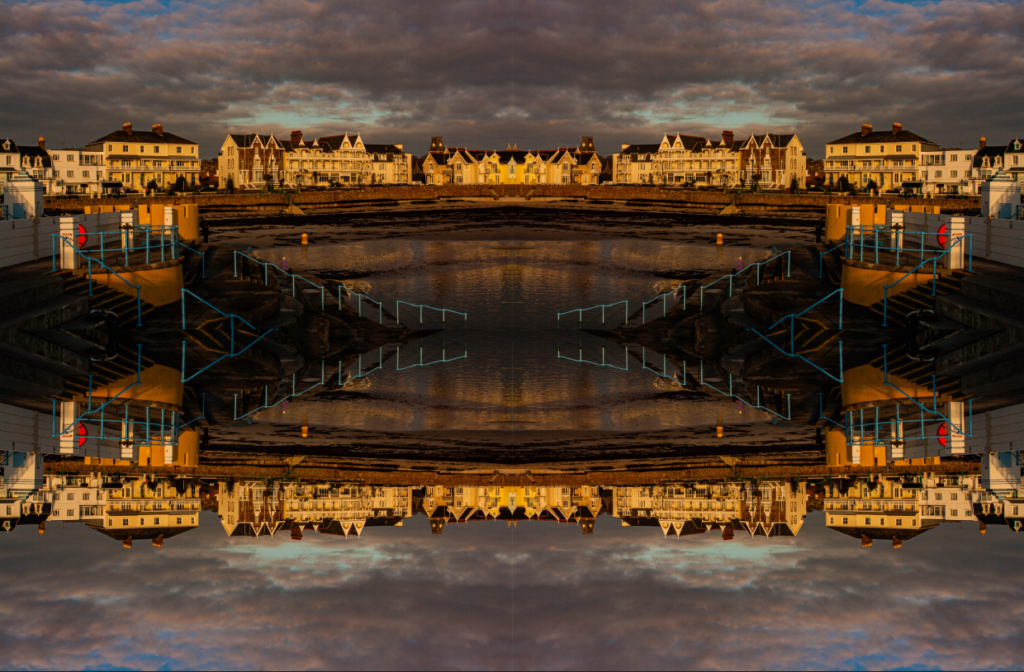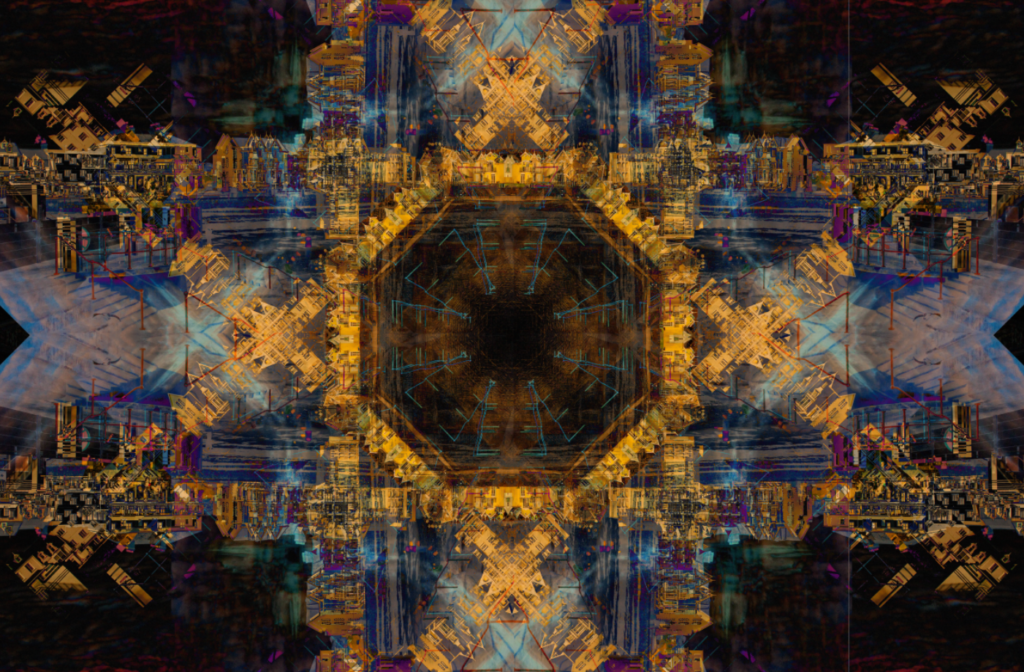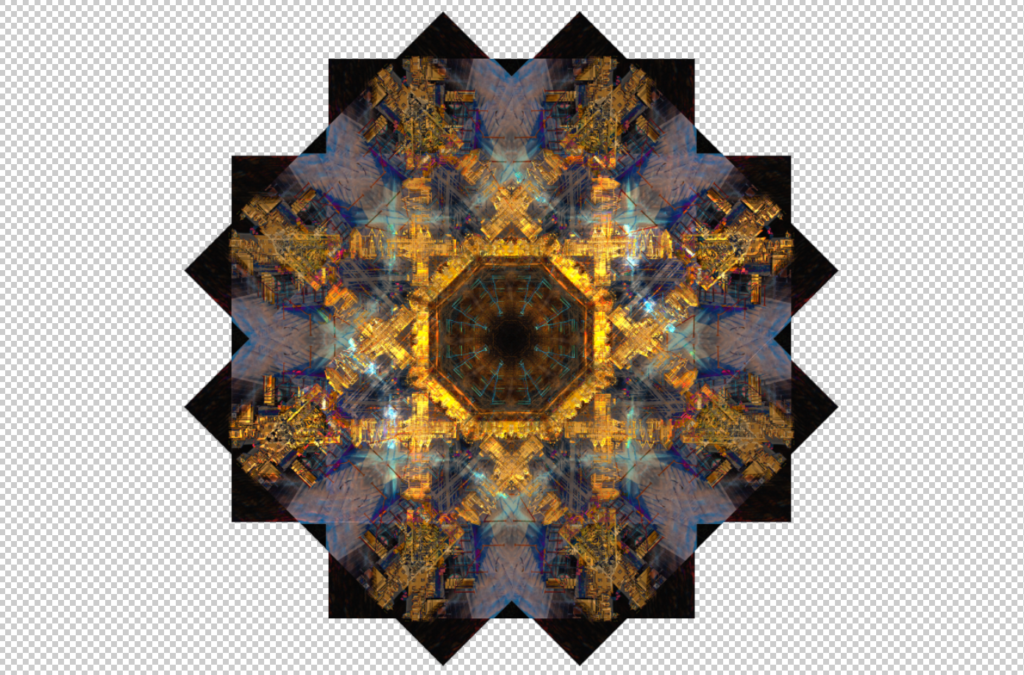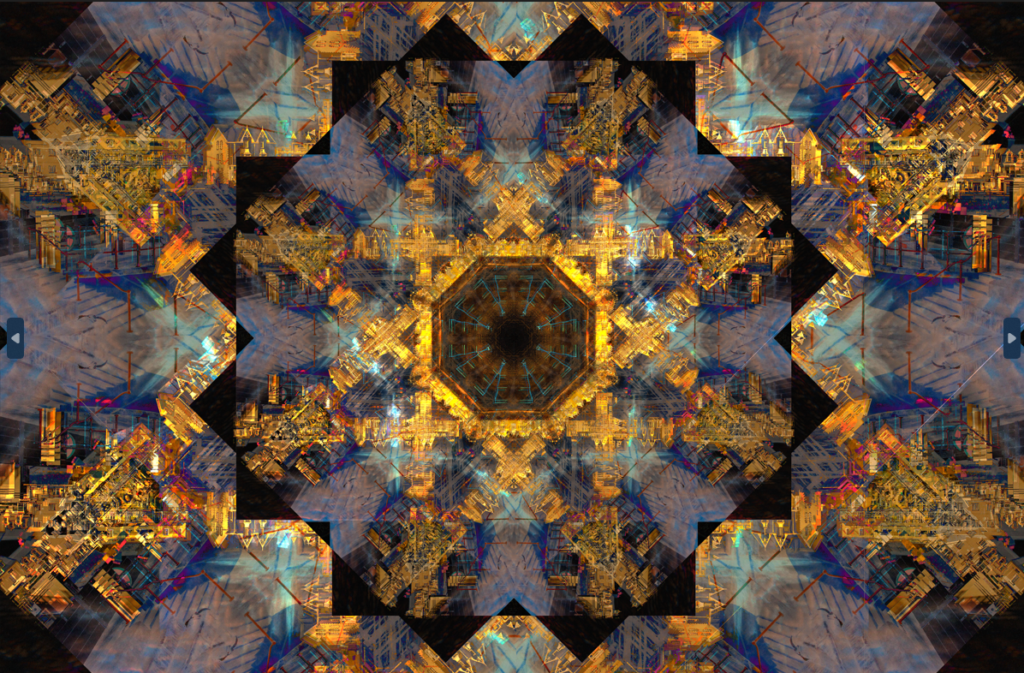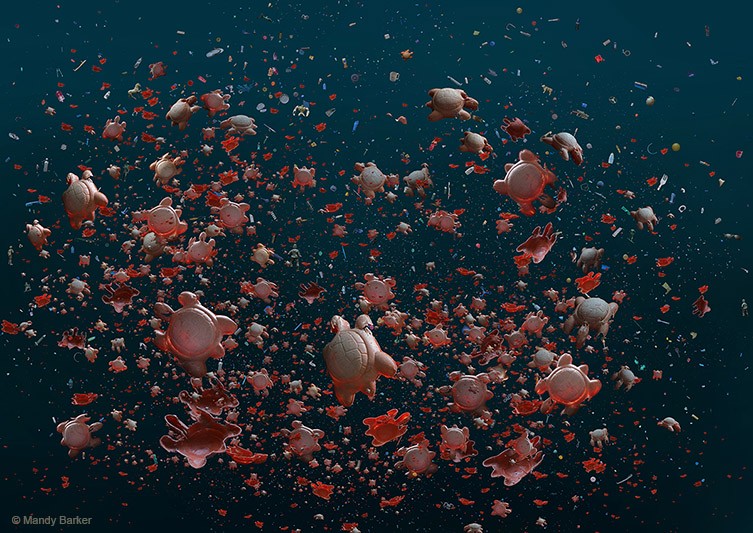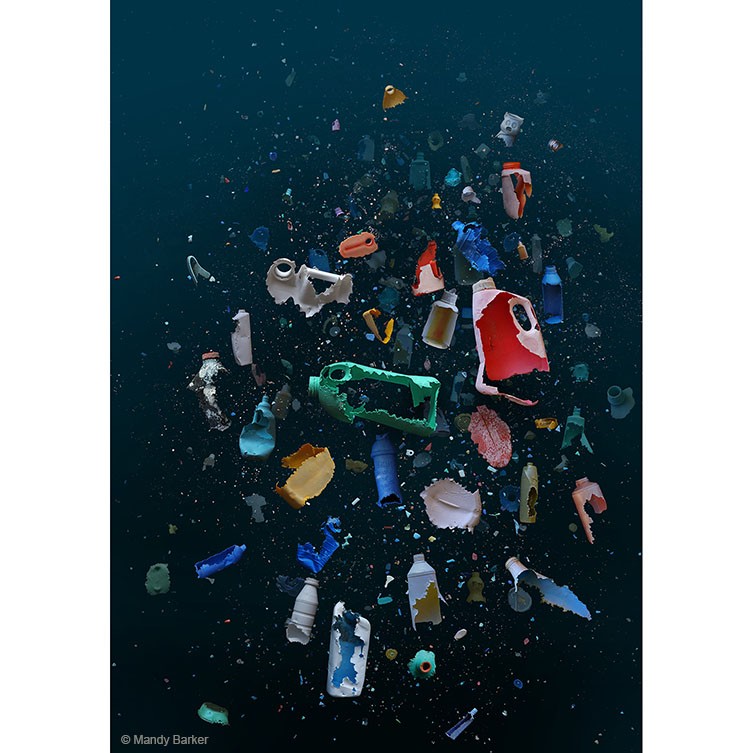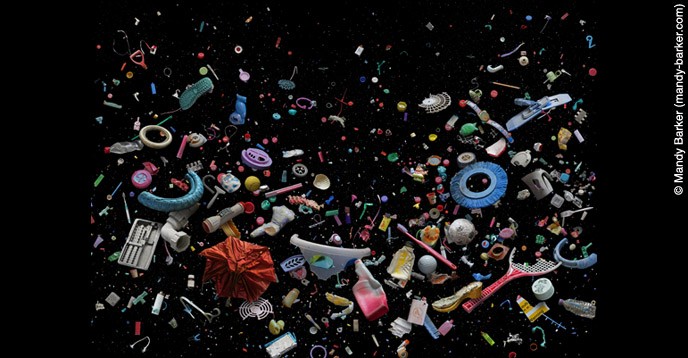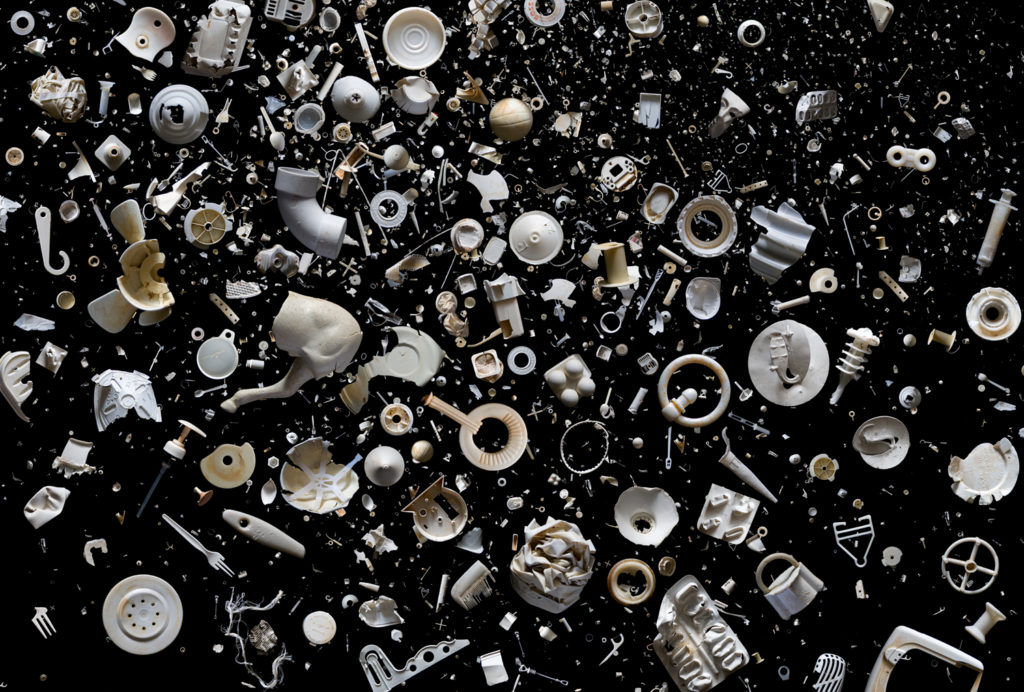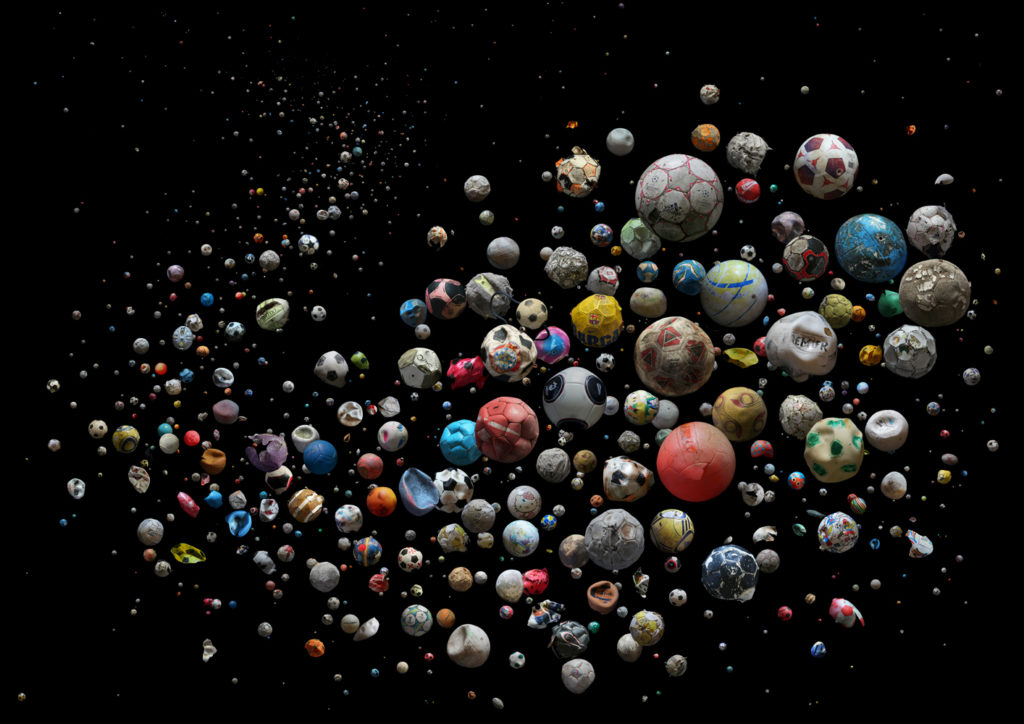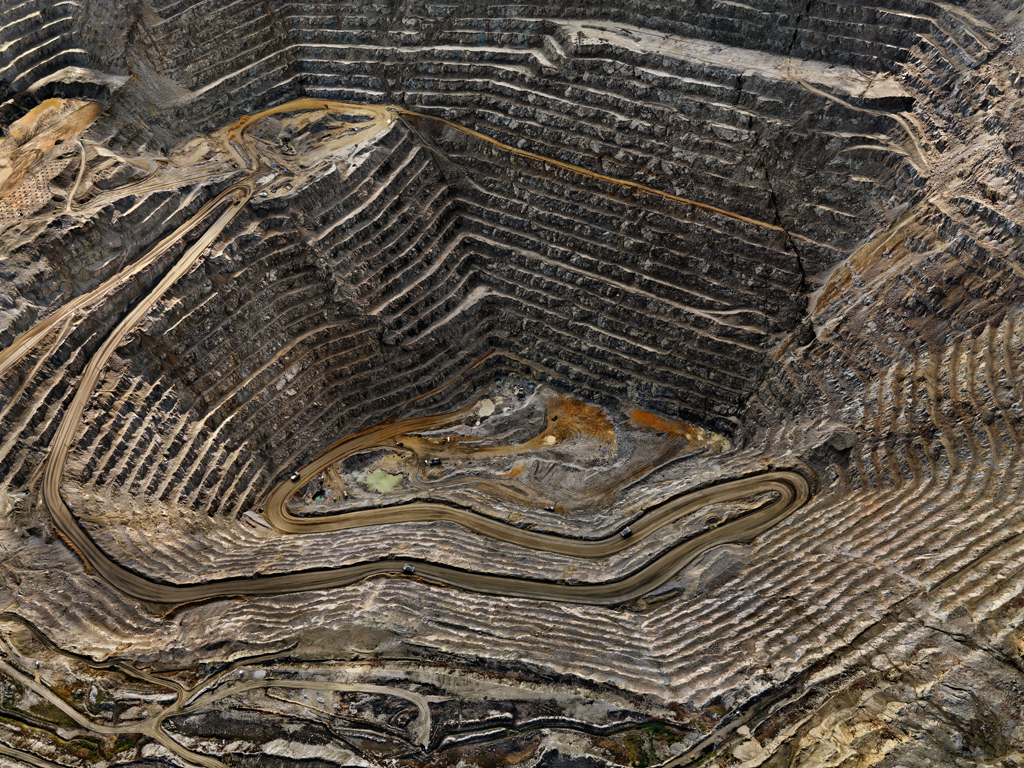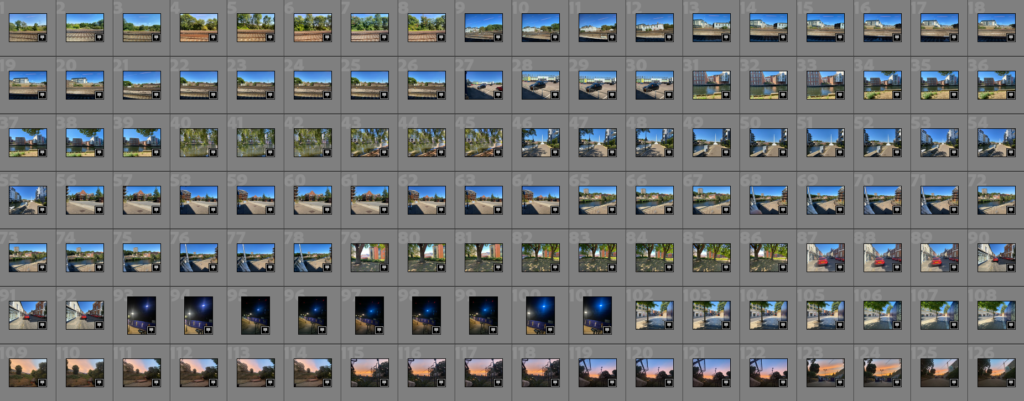
These first 100 or so photos were taken while I was on a train from Bournemouth to Norwich in the UK that I took in preparation for the landscape project.
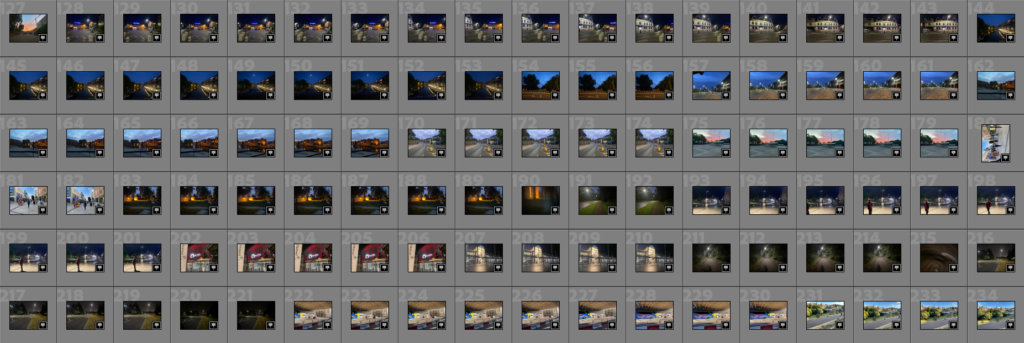
I didn’t have a camera with me so I had to use my phone and was left with quite a few low quality or blurred images. I took photos of the cities I was travelling to during the day and at night, and was left with many stunning outcomes.
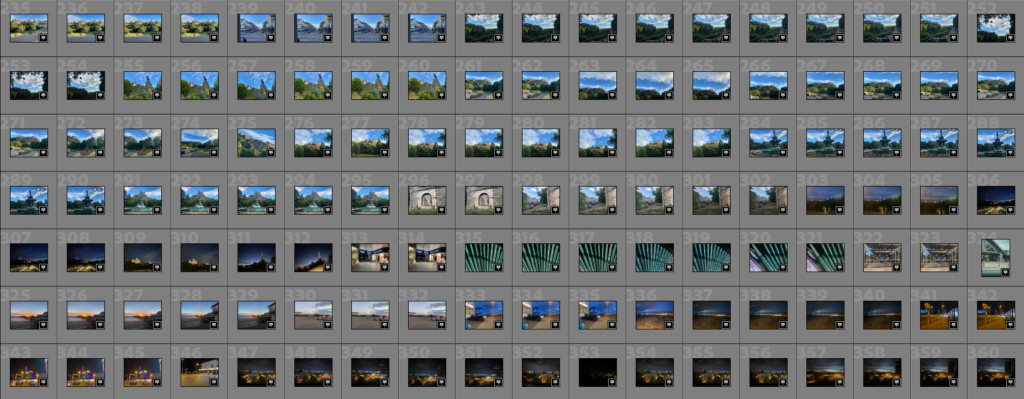
At this point I had travelled to Edinburgh up in Scotland, taking images of the castle during both the day and night, and of various buildings or sculptures that piqued my interest – especially in Livingston with the large shopping centres.

I’d also made my way back down to Coventry, where I had a great view from my hotel near a friend’s house, although not many of the images were that good.

I then went through all of these images and decided to only edit the ones I thought were already fantastic photographs as it was during the mock exam and I didn’t have all that much time.

I was left with these 7 results, that had a large colour palette and vibrant, glowing tones. I think the relation to Anthropocene isn’t as clear with all of these photographs, but almost all of them have urban landscapes implemented with nature – for example the images at Edinburgh castle focuses more on the nature surrounding it – which does question our ongoing connection and destruction of nature.
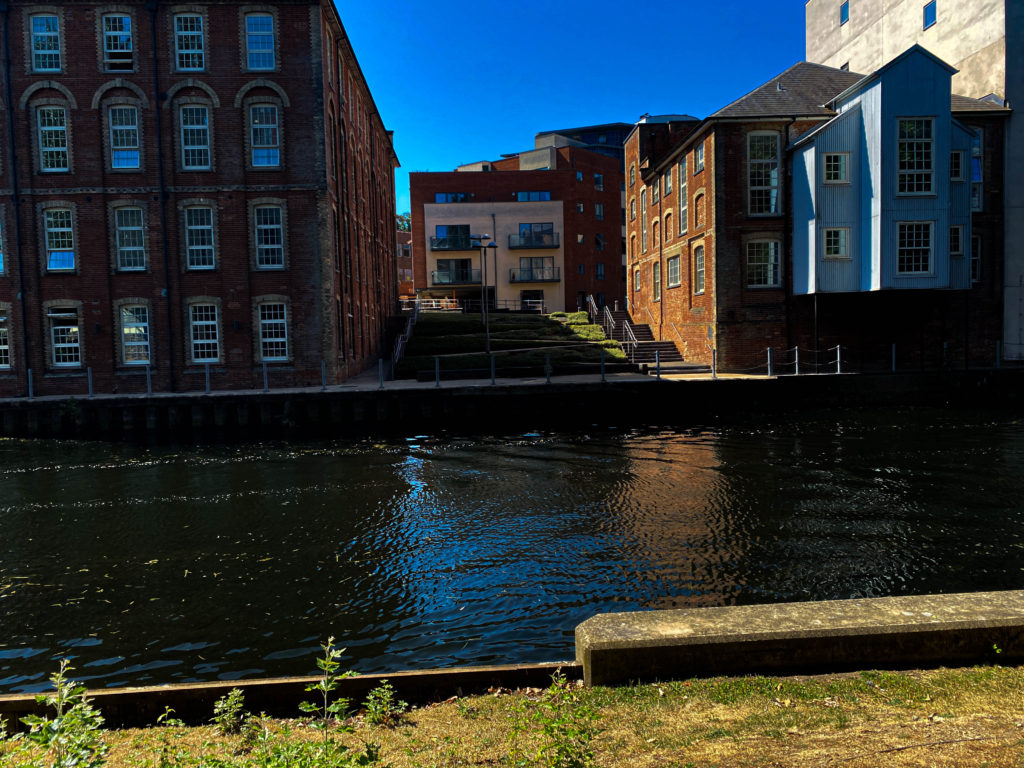





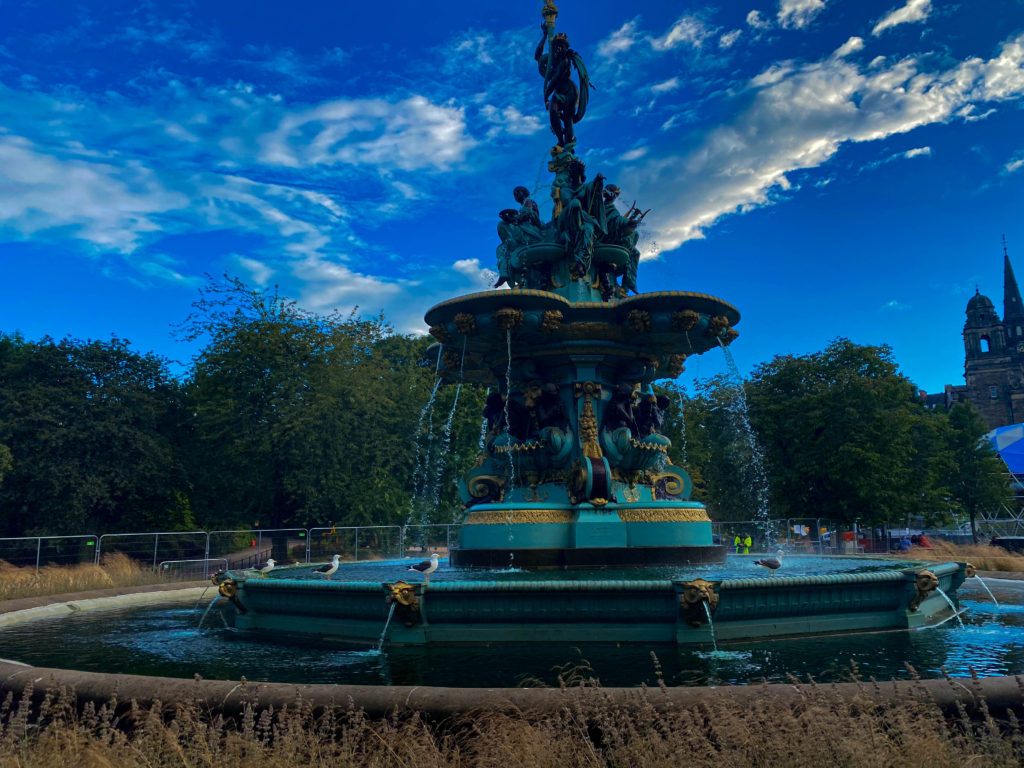
I think I could edit more of these images in the future, as there is quite a lot in this photoshoot that were left untouched that are still good.

